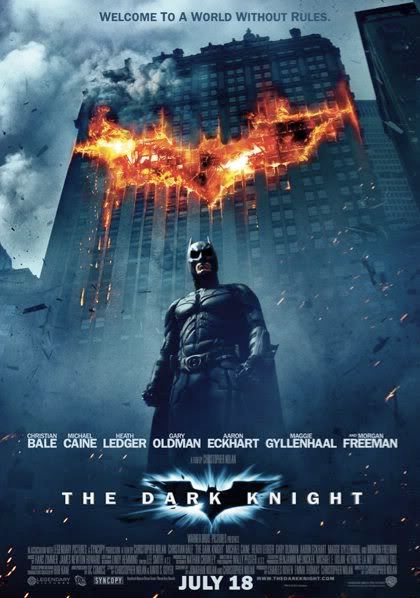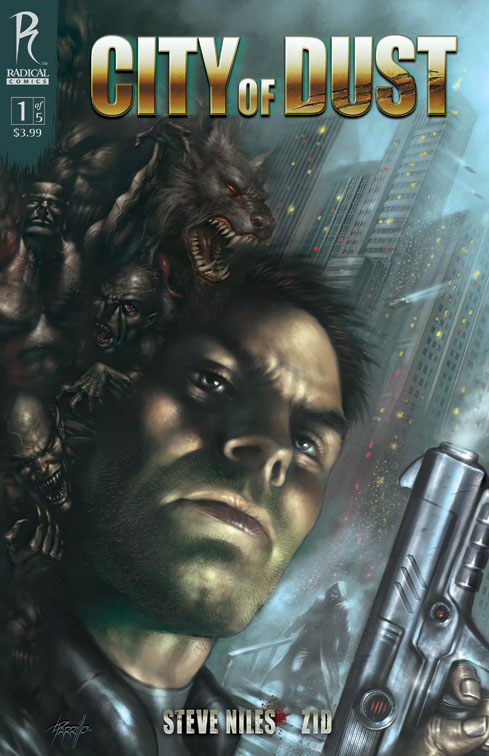
The
nominees for the 81st annual Academy Awards were announced this morning. Yes, I was up at 5:30 a.m. PST to watch on TV and file a brief report for
Animation Magazine.net. But reading the list itself was disappointing in the extreme.
Most of it came in the Best Picture/Best Director categories, which this year are for the exact same five movies, for which the choices are dull, boring and uninteresting.
Yes, a lot of his has to do with the exclusion of "The Dark Knight," "Wall-E" and even "Waltz with Bashir," all of which are superior movies that earned overwhelming critical, popular and commercial acclaim. (Yes, "Bashir’s" a little short on the commercial acclaim, but by the standards of films in its genres it already is a huge success.) And you’d think that kind of trifecta would have made an impact on the Academy.
Instead, what we’re left with is nominations for films that are decent but come up lacking in relevancy, entertainment value and even basic quality. But since they fit the Oscar mold and cater to the increasingly antiquated and odd predilections, they get the nod over material that genuinely entertained their audiences with stories that thrilled the heart and the mind.
So I just don’t get it. Especially the nomination of "The Reader," which hasn’t even been terribly well reviewed but has the double whammy makeup factor of a good performance from Kate Winslet (and, honestly, is she ever anything less than great in anything?) and a Holocaust connection (didn't the offensive inanity of "Life is Beautiful" cure of this weakness?).
But don’t take my word for it, let’s look at what the critics say as a whole on
Metacritic.com and
Rotten Tomatoes. (Yeah, it’s not perfect, but it’s a relatively level field from which to judge the overall critical reception of a movie.)
Metacritic posts the following marks for the best pic/director noms (in bold) and a few other popular contenders that missed the mark:
1. Wall-E — 93
2. Waltz With Bashir — 90
3. Slumdog Millionaire — 86 4. Milk — 84 5. The Dark Knight — 82
6. Rachel Getting Married — 82
7. Wrestler — 81
8. Frost/Nixon — 80 9. Iron Man — 79
10. The Curious Case of Benjamin Button — 69 11. The Reader — 58And here’s what I found at Rotten Tomatoes for the same 11 pics:
1. The Wrestler — 98
2. Wall-E — 96
3. Slumdog Millionaire — 95 4. The Dark Knight — 94
5. Waltz With Bashir — 94
6. Iron Man — 93
7. Milk — 92 8. Frost/Nixon — 91 9. Rachel Getting Married — 88
10. The Curious Case of Benjamin Button — 72 11. The Reader— 60What’s interesting about both is that "Benjamin Button," which lead all films with 13 nominations and is generally considered the film to beat, and "The Reader," are both at the bottom of these lists. For all the usual reasons, "Iron Man" was never in the mix, but "The Wrestler" and "Rachel Getting Married" would have made more sense than "The Reader."
"Wall-E" did pretty well by most standards, earning six nominations. But being an animated film means it’s chances of a best picture nom are completely undercut by the animated feature category — which it’s not even a sure bet to win. I have this sneaking suspicion that the actors branch, the largest in the academy, will be put off by the lack of dialog in the first half of "Wall-E" and go for one of the others.
"Waltz With Bashir" has much the same problem. Despite being a tremendously effective documentary and finding a completely unique and appropriate animation medium to tell its story in, it’s consigned not even to the ghetto of animated feature but to foreign film. Again, its not even guaranteed a decent shot at winning that category, which has become notorious for overlooking outstanding films in recent years. ("4 Months, 3 Weeks and 2 Days," anyone?)
Which brings us to "The Dark Knight." It’s hard not to think it was overlooked because it was a Batman/superhero/comic book movie. It’s really the only explanation. And choosing a mediocre bit of Oscar bait like "The Reader," a warmed over retelling of a marginal media event like "Frost/Nixon," or a beautifully crafted but emotionally hollow SF story — that no one involved with would admit is SF — like "Benjamin Button," and you’ve got a pretty good case that the Academy’s nominations flat out failed to represent the best filmmaking of the year.
Something I’ve long known but almost never been able to get anyone to talk about is the internal politics of the Oscars, which have become insular and restrictive enough to make die-hard
Legion of Super-Heroes fans or 1990s
X-Men continuity freaks look normal by comparison. A lot of academy members vote for films to support people they’d like to work with, to secure their next job or simply out of some distorted idea that they should vote for a film like "The Reader" just because its serious nature is inherently more valuable than anything a cartoon or a superhero movie could do.
And it’s that last prejudice that really sinks the noms choices, because it’s obvious that a lot of the most innovative filmmaking, a lot of the best work, the films that are connecting with their audiences in significant way, are films like "Dark Knight," "Waltz with Bashir" and "Wall-E." Like "Star Wars," which was passed over as best picture for "Annie Hall," or "Forrest Gump" trumping "Pulp Fiction," this will go down as one of those years of regret for the Academy. And their ratings will hurt because of it, no matter how good (or not) Hugh Jackman is as host. And if the Academy continues to nominate films that only fit its seemingly narrowing niche of acceptability, they risk tarnishing their image as the pre-eminent awards in the industry. It doesn’t take much to become a laughing stock — just ask the HFPA how much hurt that one Pia Zadora mistake inflicted and how long it took to heal.

There is hope, however, and it’s "Slumdog Millionaire." Thankfully, at least one of the films nominated for best pic/director has some energy, gets the blood pumping and actually has people excited to see it do well. Perhaps it’s a coincidence, but I don’t think it is, that director Danny Boyle has eclectic tastes and has made great movies in all kinds of genres, including "28 Days Later" (horror) and "Sunshine" (sci-fi — I may be the only one, but I liked it).
So if I could give one message to the academy, it’d be: Why so serious? Relax. Enjoy going to the movies. And for God’s sake, get over your English teacher. Movies don’t have to adapt Proust, Hemingway, Dickens, the Bible or Faulkner to be serious entertainment. Let movies be movies, and remember — this is supposed to be fun, but it's also supposed to be a process that honorably searches out and rewards the best filmmaking of the year, regardless of genre or medium of origin.
 "Mutant Cinema: The X-Men Trilogy from Comics to Screen" is coming at last to comics shops!
"Mutant Cinema: The X-Men Trilogy from Comics to Screen" is coming at last to comics shops!
















